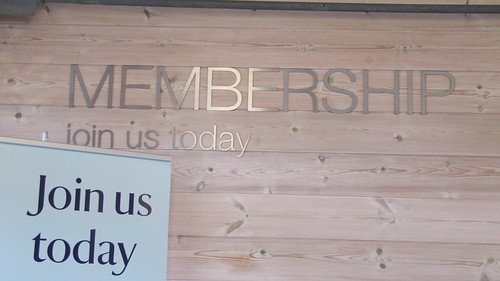Using cards is a fantastic way to get repeat customers and to generate leads and gives your business a far more professional seeming edge as well. Despite this, handing out promotional cards is something that many companies don’t consider and is generally one of the lesser methods used for marketing. Here we will look at it in detail, and at why it is such an effective form of promotion.
What Are Promotional Cards?
Essentially promotional cards are cards that you can give to a customer or a lead in order to try and increase their interest in your business or to get them to come back. The card can literally be a flier or an advertisement, or it can offer someone money off or a special deal. Lastly it might be an ‘ID Card’, a ‘Loyalty Card’ or a card that they can buy as a gift card for someone else.
Benefits
There are many benefits to this. First of all, even if your card is simply just a promotional one for your business with no special deal or membership attached, this is still a highly effective way to market. This is because it gives your client something to remember your company buy that they are more likely to keep on them. If you give someone a flier, then this will mean that they probably simply fold it up and put it in their back pocket in order for it to ultimately be ruined in the washing machine. Likewise you might give someone a promotional flier and find they quickly bin it.
However a card is of course made from a much more high quality and sturdy piece of material. This then means that someone who has been given it is much less likely to dispose of it and far more likely to keep it permanently. Chances are with a card that they will slip it in their wallet which will mean that they see it each time they go to get out money and which will mean it avoids the bin as an eventual destination.
 Because the card is high quality too, that then means that the promotional card will be seen as a high quality product – which in turn will mean that the association with your business becomes a favourable one. They will look at your card and they will think – this is a high quality business. And of course that’s what you want them to think.
Because the card is high quality too, that then means that the promotional card will be seen as a high quality product – which in turn will mean that the association with your business becomes a favourable one. They will look at your card and they will think – this is a high quality business. And of course that’s what you want them to think.
Furthermore, if you then include a special deal or an offer on this card, then that means that they will likely have it to hand when they first think about using your business and this in turn means that it will actually encourage them to use your company – as of course is the intention in the first place.
Meanwhile these cards are also able to be given to other people and that will mean that someone can actually actively promote your business for you. A gift card or a discount card is a nice gift to give to someone (which a flier is not) and so it’s a perfect way for you to attract more business to your site/shop/restaurant.
And finally if the card has an ID element, such as the person’s name or a picture (if you have facilities for your own card printing) then this will enable you to make the person feel ‘involved’ in your business and even almost committed to using your services.
This guest post was written by Brian. He recently got his company to use membership cards for their customers and needless to say the loyalty points got customers coming back for more.







